In one of the most surprising breakthroughs in Arctic research, scientists have discovered a thriving microbial ecosystem beneath the Arctic sea ice. This revelation challenges long-held assumptions about life in extreme environments and could have far-reaching implications for climate models, global nutrient cycles, and our understanding of how Earth’s ecosystems respond to climate change.
The Hidden Ecosystem
For decades, the Arctic’s sea ice was considered an inhospitable environment for life. With extreme cold, darkness for months at a time, and a thick ice cover, researchers believed the region was biologically barren. However, recent studies have unveiled a remarkable secret: a complex community of microorganisms is not only surviving but actively shaping the Arctic marine ecosystem beneath the ice.
Central to this ecosystem are nitrogen-fixing bacteria. These microbes convert atmospheric nitrogen, which is unusable by most life forms, into compounds that serve as essential nutrients for other organisms. By enriching the water with nitrogen, these bacteria support the growth of algae and other microorganisms, forming the foundation of a hidden food web that sustains life even under harsh conditions.
Implications for Climate Models
The discovery of an active microbial ecosystem beneath the Arctic ice has profound implications for climate science. Current climate models often underestimate the biological activity in polar regions, focusing primarily on physical processes such as ice melt and temperature change. The presence of nitrogen-fixing bacteria suggests that Arctic ecosystems may play a more active role in global carbon and nitrogen cycles than previously thought.
Nitrogen enrichment could lead to increased algal blooms beneath melting ice. While these blooms can temporarily absorb carbon dioxide from the atmosphere, they also influence oxygen levels in the water and the production of greenhouse gases such as nitrous oxide. As Arctic ice continues to retreat due to global warming, these microbial communities may become increasingly exposed, amplifying their impact on atmospheric chemistry and climate feedback loops.
A Window into Extreme Life
The Arctic’s hidden microbial life provides an extraordinary glimpse into how organisms can adapt to extreme conditions. These microbes survive in near-freezing temperatures, under constant pressure from ice, and with limited sunlight during the polar winter. Studying their resilience offers insights into the limits of life on Earth and raises intriguing questions about the potential for life in similar extreme environments elsewhere in the solar system, such as the icy moons of Jupiter and Saturn.
Moreover, the discovery underscores the adaptability and resilience of life. The ability of microbes to thrive beneath the ice demonstrates that Earth’s ecosystems are far more dynamic and interconnected than previously recognized. These microorganisms are not passive inhabitants; they actively shape their environment and influence broader ecological and climatic processes.
Broader Ecological Consequences
The activity of these nitrogen-fixing microbes can have cascading effects throughout the Arctic ecosystem. Increased nutrient availability promotes algal growth, which feeds zooplankton and other small organisms, ultimately supporting larger marine life such as fish, seals, and whales. Understanding this hidden food web is essential for predicting how Arctic ecosystems will respond to climate change and ice retreat.
Furthermore, the microbial activity beneath the ice may play a critical role in regulating greenhouse gas fluxes. By influencing the balance of carbon and nitrogen in Arctic waters, these organisms could affect global climate systems in ways that are not yet fully understood. Incorporating these biological processes into climate models is essential for more accurate predictions of future climate scenarios.
Challenges and Ongoing Research
Studying life beneath Arctic sea ice is inherently challenging. The harsh environment, coupled with ice thickness and limited accessibility, makes direct observation difficult. Scientists rely on a combination of ice drilling, submersible probes, and remote sensing to collect samples and monitor microbial activity. Despite these challenges, advances in technology have enabled unprecedented exploration of this hidden ecosystem.
Ongoing research aims to quantify the contributions of these microbial communities to nutrient cycling, greenhouse gas production, and overall Arctic ecosystem dynamics. Understanding how these communities respond to environmental changes such as warming temperatures, ice melt, and human impact will be critical for predicting the future of polar regions.
A Paradigm Shift in Arctic Science
The discovery of active life beneath Arctic ice challenges the traditional view of the polar regions as barren and biologically inactive. It highlights the complexity of Earth’s ecosystems and the importance of incorporating biological processes into climate science. These findings emphasize that even the most extreme environments are home to life that can influence global systems in unexpected ways.
As Arctic ice continues to decline, uncovering and understanding these hidden microbial communities will be essential. They not only represent a frontier of scientific discovery but also provide crucial data for refining climate models, predicting ecological changes, and preparing for the impacts of global warming.
Conclusion
Life beneath the Arctic sea ice serves as a powerful reminder of the resilience and adaptability of nature. The discovery of nitrogen-fixing bacteria thriving in such extreme conditions challenges long-held assumptions about where life can exist and underscores the complexity of Earth’s ecological systems.
This hidden ecosystem is more than a scientific curiosity; it is a critical factor in the Arctic’s response to climate change. As research continues, scientists hope to unlock its secrets, improve climate predictions, and deepen our understanding of the interconnectedness of life on Earth.

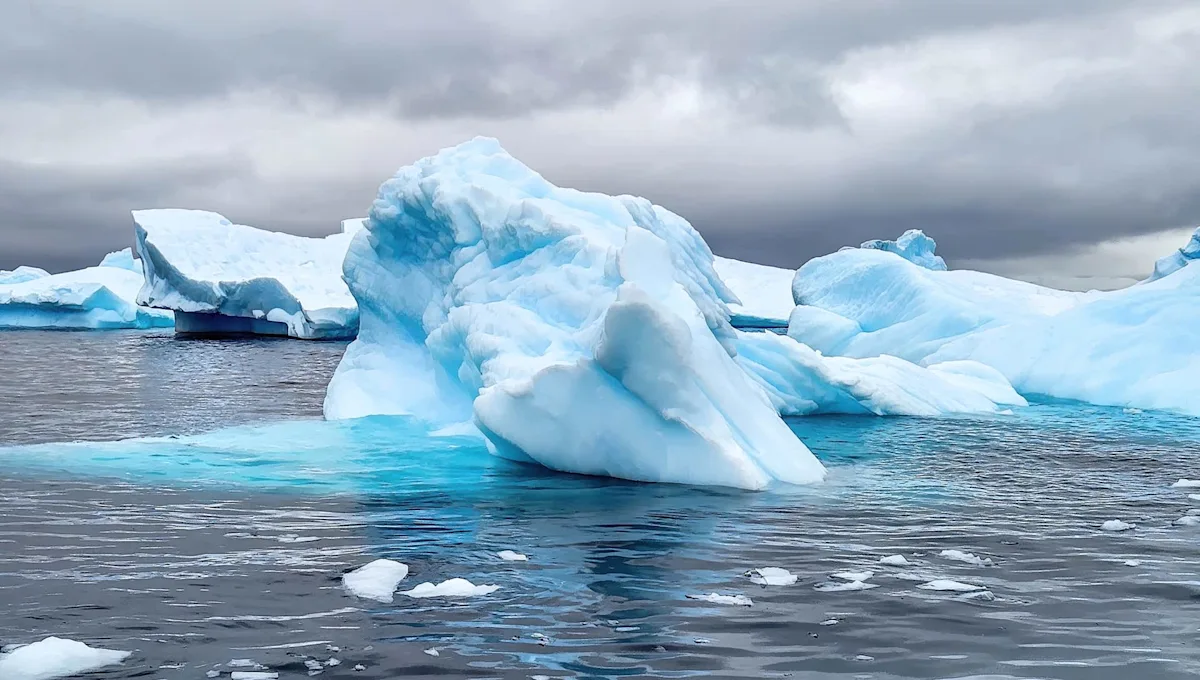
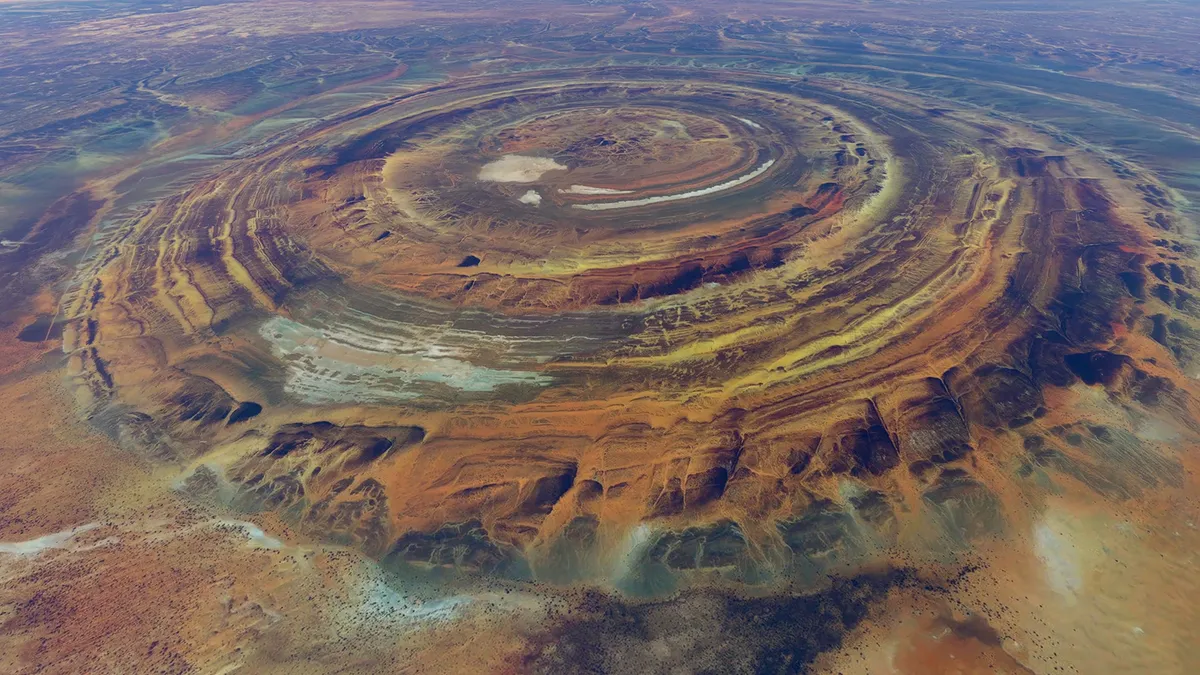
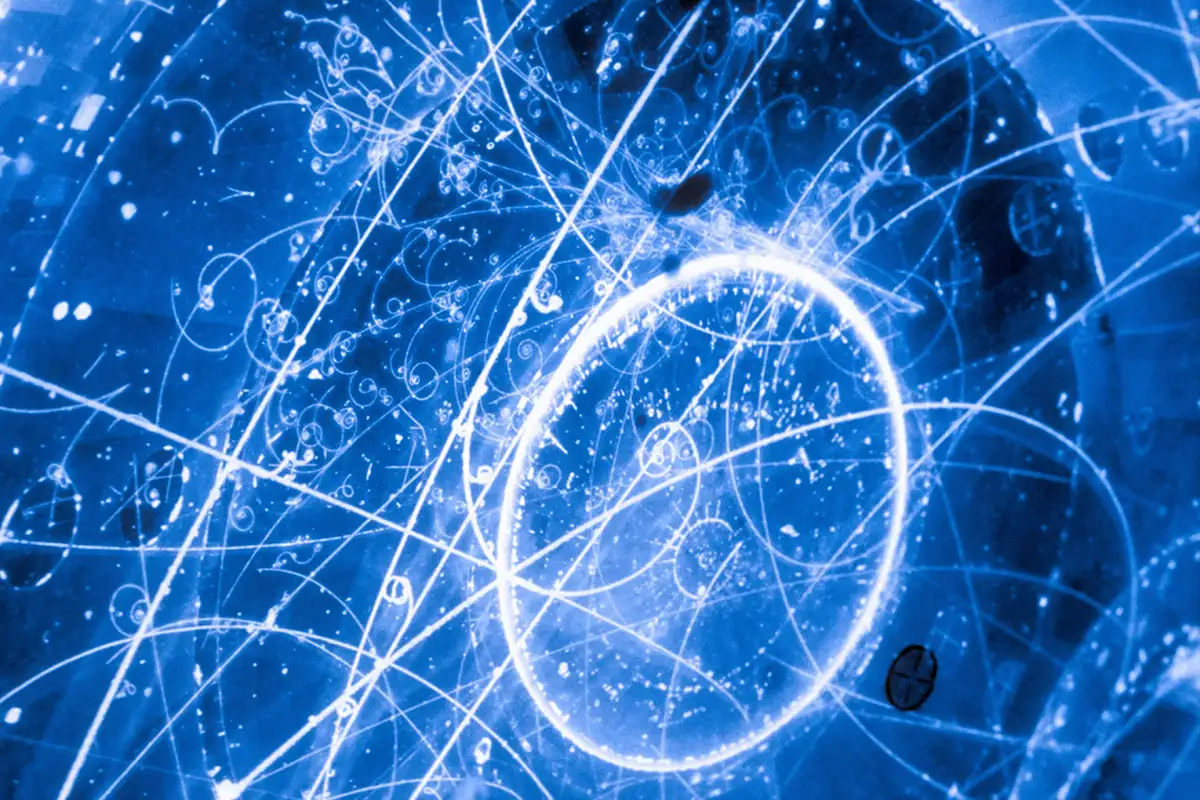
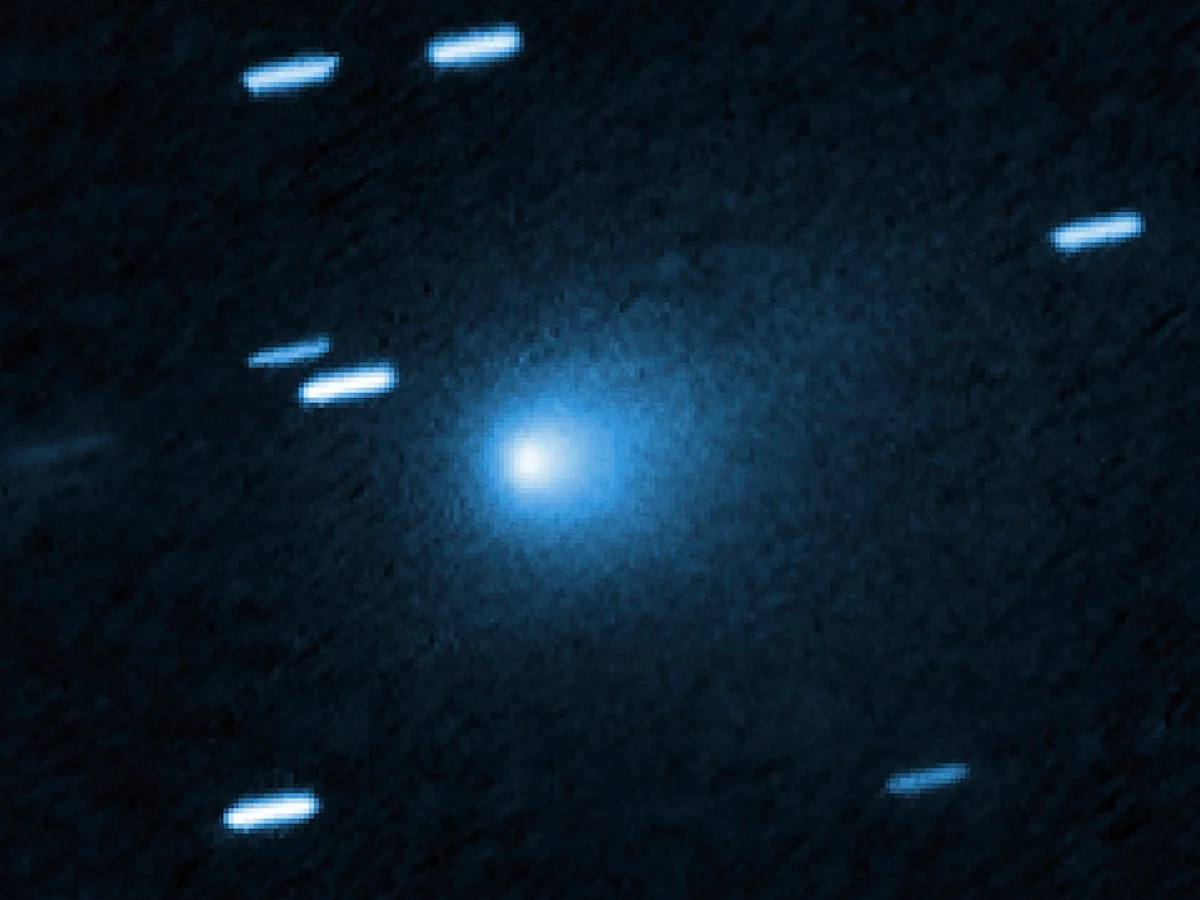
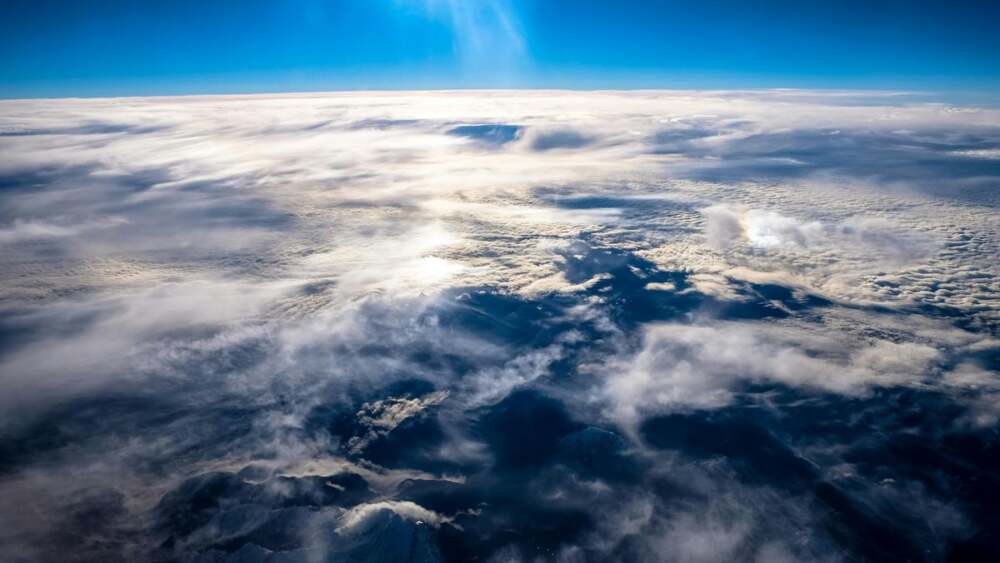
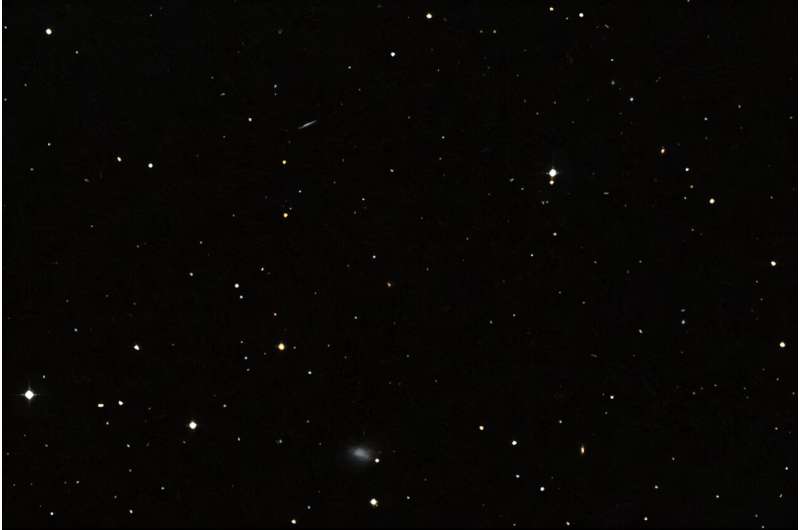
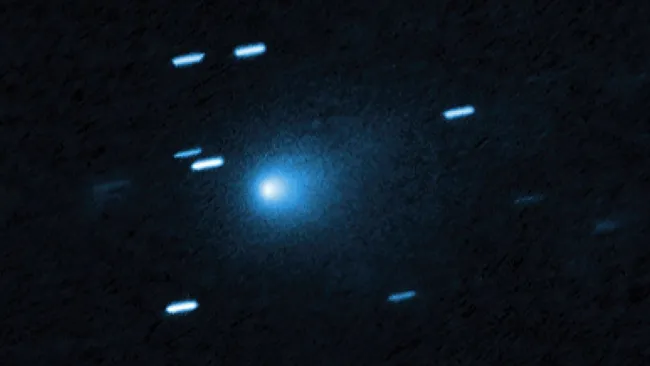


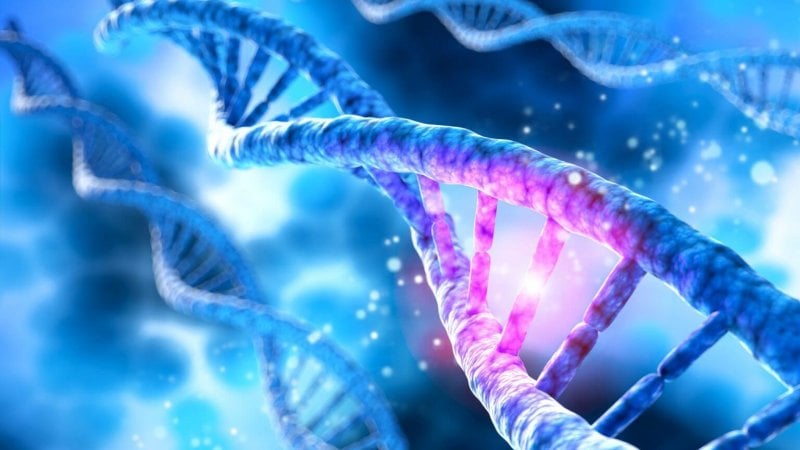
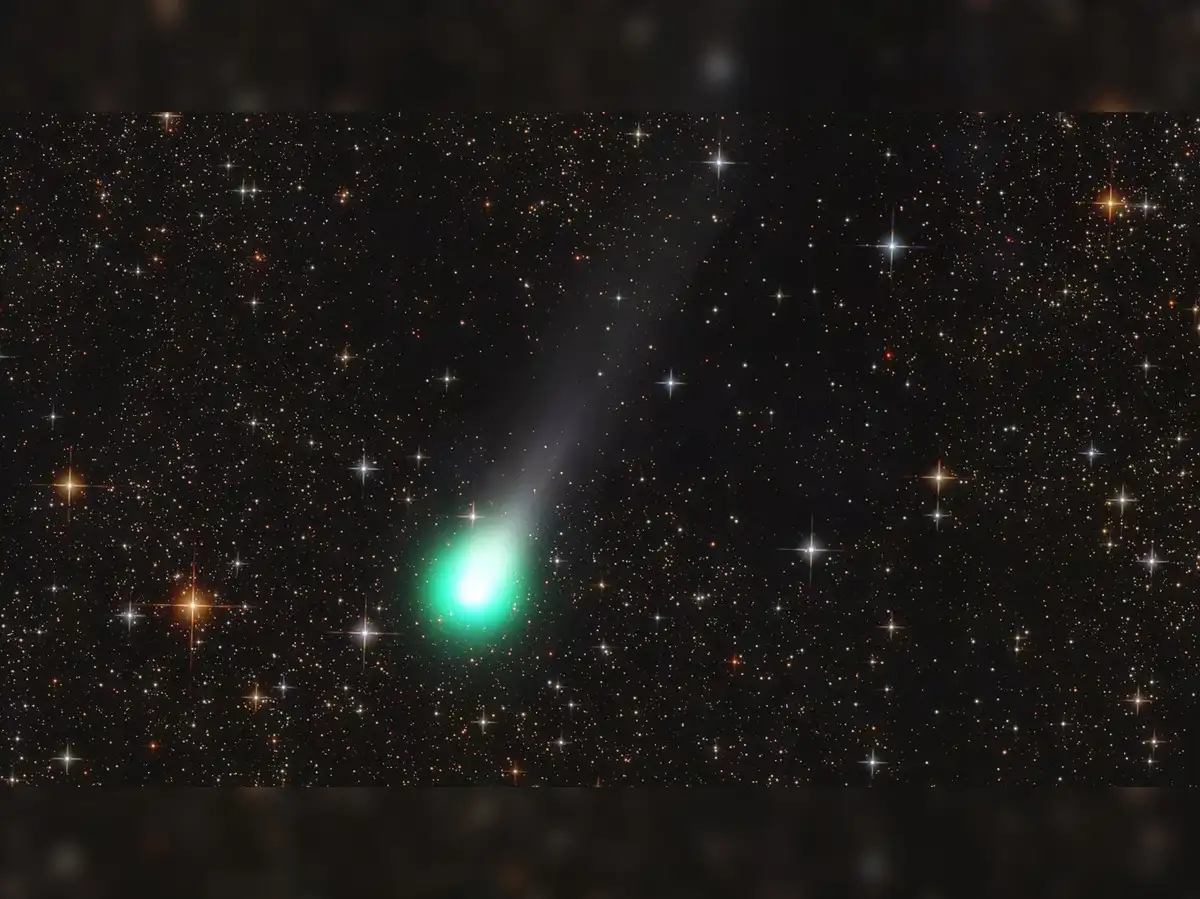




Leave a Reply